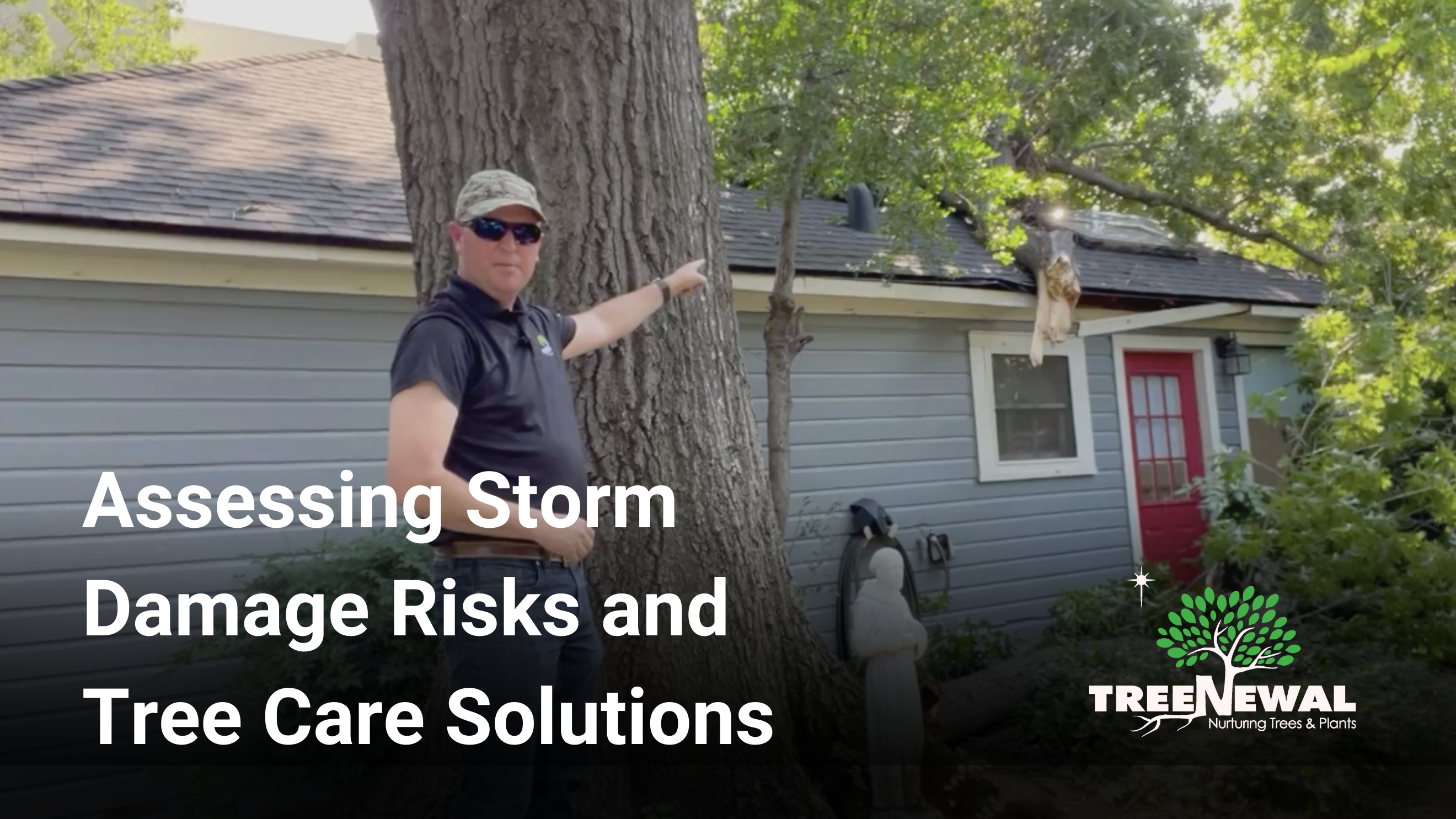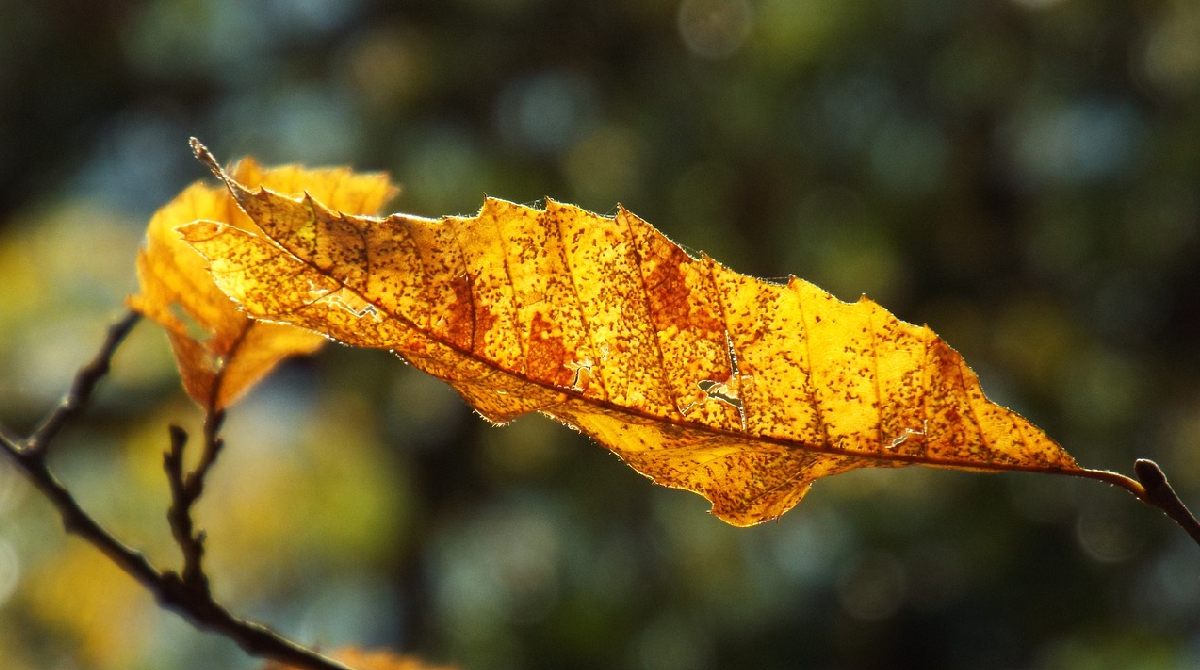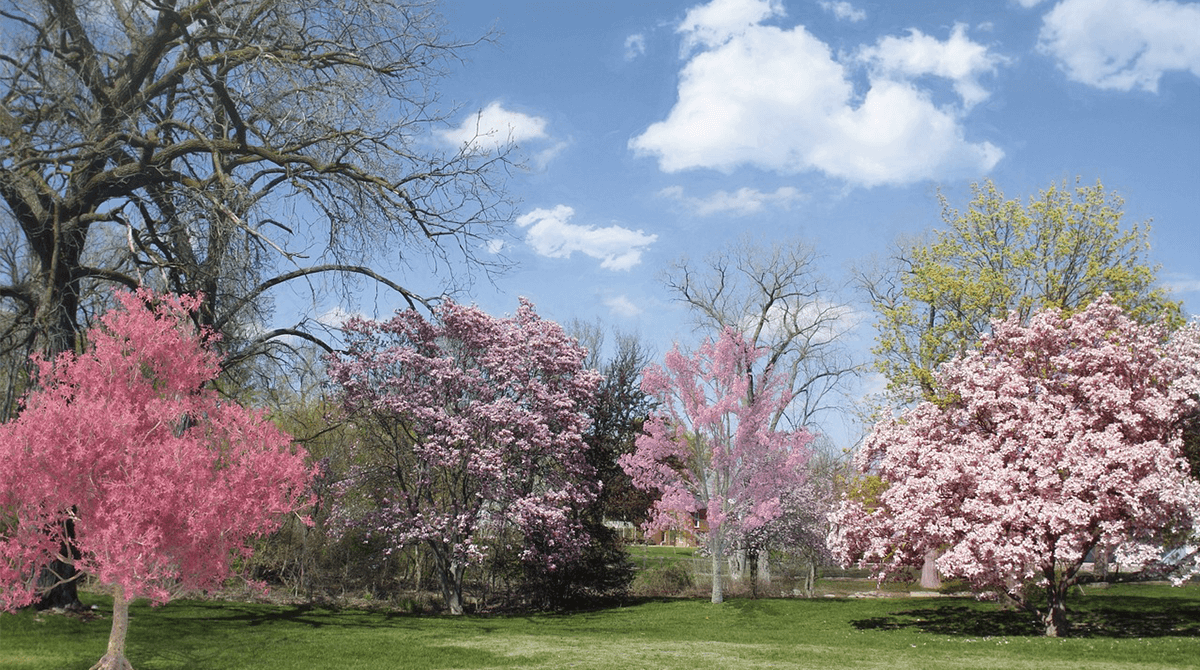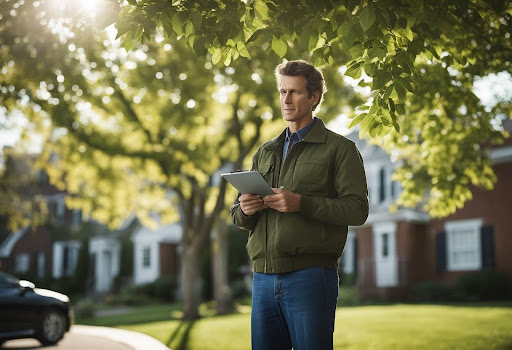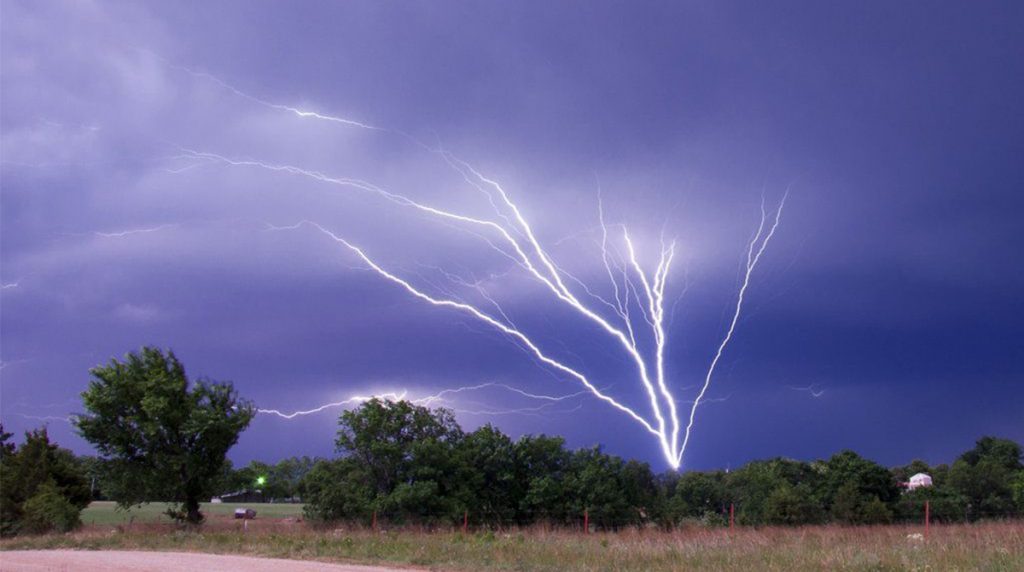
Date February 27, 2021
Category
There’s a reason weather experts warn us not to hide under a tree during a lightning storm. Trees are often the tallest object in an area, making them susceptible to a lightning strike. The United States’ lightning detection systems sense an average of 25 million lightning strikes every year, resulting in thousands of trees getting struck by lightning. That makes lightning one of the greatest threats to the longevity of a big tree. Not all trees are equally vulnerable to a lightning strike, and some trees that have been struck by lightning can be saved. If lightning strikes your tree, here’s what you need to know about it.
What happens when lightning strikes a tree?
Lightning is a powerful, impressive, and sometimes dangerous force of nature. It can produce temperatures greater than 50,000 degrees Fahrenheit. By comparison, the sun’s surface is 10,000 degrees Fahrenheit. Lightning can have an electrical charge of more than 100 million volts, so it shouldn’t be too big a surprise that many trees die from lightning strikes. However, depending on how it’s hit, some trees can be saved.
When lightning strikes a tree, the sap along the strike’s path boils, generating steam and exploding cells. Strips of bark or wood will either peel or be blown off the tree. If the strike passes directly through the heart of the tree, causing splinters and wood to explode on both sides of the trunk, the tree will most likely die. If only one side of the tree appears to be affected by the strike, its chances of survival are much greater. Sometimes a tree does not appear to be damaged on the outside when it is wounded internally or within its root system.
If you think there’s a chance that your tree has been struck by lightning, even if there’s no external damage, call a certified arborist immediately because the tree’s health will quickly decline and eventually die without the proper care.
What about lightning prevention?
As with many things, prevention is the best method. If you have a large tree of great historical or personal significance, you should consider getting a tree lightning protection system installed. You might also feel a lightning protection system if you have a tree on a private, commercial, or public property that people or animals are likely to take shelter underneath during a storm. Although some lightning protection systems can be pricey, it’s often cheaper to prevent the issue than to try to fix it after the fact. It’s much more effective, too!
Individual trees are more likely to be struck by lightning, such as Oak, Pine, Sweet Gum, Cottonwood, and Maple trees. Birch and Beech trees, on the other hand, are rarely hit by lightning.
Lighting struck your tree. Now what?
Lightning strikes can affect the biological function and structural integrity of the tree. If you have broken trees or storm-damaged trees on your property, you should always call a certified arborist tree service emergency tree services as soon as possible for emergency tree services. With the proper tree care methods, some damaged trees can be nursed back to health.
If the lightning strike caused damage to the branches in a way that could be hazardous to people or animals, you should call a tree care expert for tree trimming or removal. If possible, it’s best to wait two to six months for major corrective pruning to monitor the tree’s health and assess if it will recover. It’s essential to use the correct pruning techniques to keep the tree’s structural integrity intact, so consider hiring a professional tree care service for this.
A certified arborist can assess your tree and recommend the appropriate next steps for recovery. An arborist might suggest additional cabling and tree bolting systems, fertilizing, soil conditioning, and a watering program. Monitor your tree’s health closely because wounded trees are more vulnerable to disease and insect infestation.
TreeNewal ISA Certified Arborist can help.
Wounded trees are stressed trees, and stressed trees need plenty of water and nutrients to heal. TreeNewal has a unique blend that we highly recommend for stressed trees.
Our blend uses the biochar brand VITAL Blend 5M, a plant-derived, organic soil enhancement product that charges the soil. The blend also includes humic and fulvic acids, high amounts of Active Carbon, and over 55 micronutrients, which improves your tree’s metabolism, nutrient intake, and development. The biochar and humic acid are beneficial in remediating compacted soils.
Our blend also includes MitoGrow, a rooting hormone, which stimulates and promotes root hair growth in your trees and shrubs. Root hairs are responsible for the tree’s ability to soak up nutrients and water from the soil, so stimulating their growth boosts your tree’s ability to absorb nutrients and heal its root system, bark, and canopy.
TreeNewal has ISA Certified Arborists on staff and a team of highly qualified tree care experts who are ready to help with all of your tree care needs. If lightning struck your tree, give us a call immediately. Someone from our team can visit your property for an assessment and recommend a health care plan. If a lightning strike killed your tree and you need fallen tree removal, we can help with that too! TreeNewal is a full-service tree care provider. Some of our tree services include tree nutrition, tree pruning, root aeration, insect and disease management, tree planting, and more.
For more information, visit our website at treenewal.com, or call to schedule an appointment with our certified arborists.
To learn more about What To Do If Your Tree Gets Struck By Lightning, Healthy Trees, call our Argyle and Southlake-based teams
at tel:(817) 592-6846 or send us a message.
We’re a little different than the average tree services company.
Learn more about TreeNewal’s ISA Certified Arborists!
Our Dallas/Fort Worth-based tree doctors can explain how sustainable tree care services add more value to your bottom line.
Healthy trees, healthy lives.
